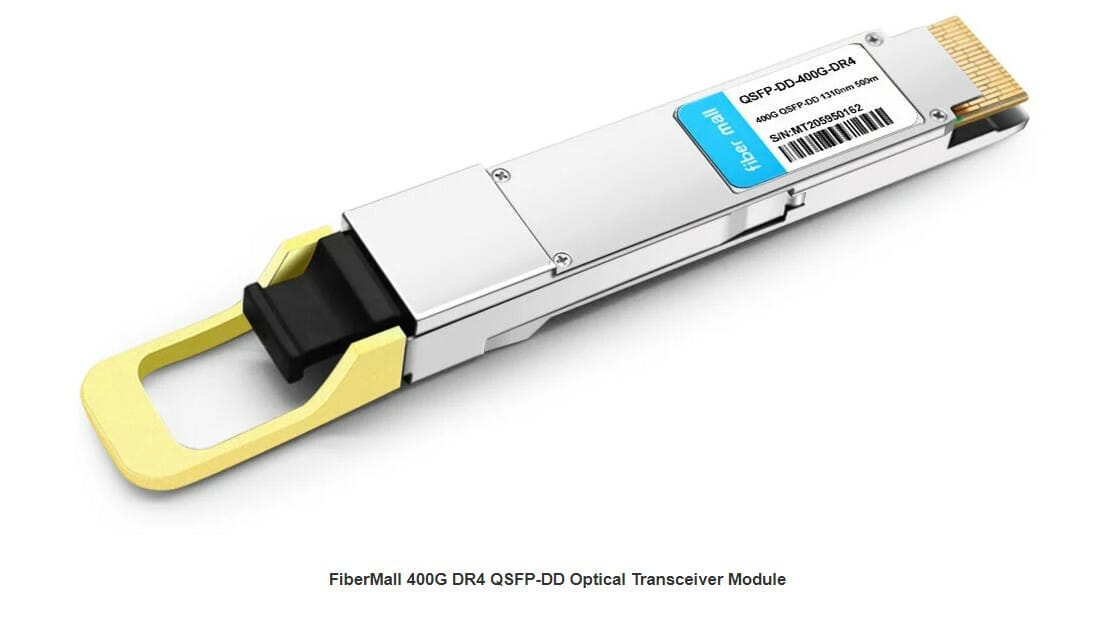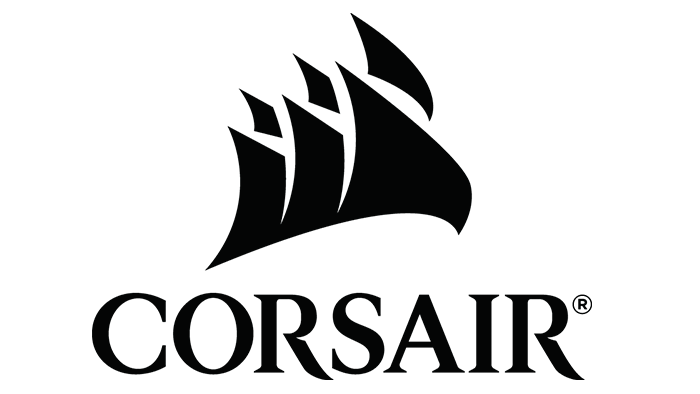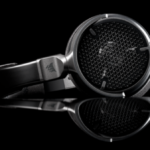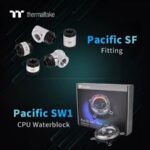A QSFP-DD transceiver module is a high-speed optical transceiver that is used for data communication in various networking applications. It is designed to provide double density compared to its predecessor, the QSFP28 transceiver module. The QSFP-DD form factor allows for higher data rates and increased bandwidth, making it ideal for data center and Ethernet connectivity.
What are the Differences Between QSFP-DD and QSFP28?
When comparing QSFP-DD and QSFP28, there are several key differences to consider. Firstly, the form factor of QSFP-DD is different from QSFP28. QSFP-DD provides double density, allowing for more ports and higher data rates in the same physical space.
In terms of data rate, QSFP-DD supports 400Gbps, while QSFP28 supports up to 100Gbps. This makes QSFP-DD ideal for next-generation data rates that require higher bandwidth and faster transmission speeds. Additionally, QSFP-DD modules also consume more power compared to QSFP28 modules, but this tradeoff is justified by the increased performance.
What are the Specifications of a QSFP-DD Transceiver?
A QSFP-DD transceiver module has specific specifications that make it suitable for high-speed data communication. It has a quad small form factor pluggable (QSFP) form factor with double density, allowing for more connectivity options and higher port density.
The QSFP-DD transceiver module supports PAM4 modulation as well as NRZ modulation. PAM4 modulation enables higher data rates and increased efficiency in data transmission. It also provides backward compatibility with existing QSFP modules, allowing for seamless integration into existing network infrastructure.
In terms of connectivity, QSFP-DD uses a connector system known as CS Connector. It is a high-density, multi-lane electrical interface that supports high-speed data transmission with low power consumption.
What is the QSFP-DD MSA Group?
The QSFP-DD MSA (Multi-Source Agreement) Group is an industry consortium that defines and promotes the QSFP-DD form factor and related specifications. The MSA group consists of major companies and organizations in the networking industry, working together to ensure interoperability and standardization of QSFP-DD products.
The QSFP-DD MSA group has developed specifications for QSFP-DD transceiver modules, ensuring compatibility and reliability across different manufacturers. These specifications cover electrical and optical parameters, mechanical design, thermal characteristics, and more.
The QSFP-DD modules are backward compatible with existing QSFP modules, allowing for easy integration into existing network infrastructure without the need for costly hardware upgrades. This makes it a cost-effective solution for upgrading network bandwidth and performance.
What are the Applications of QSFP-DD Transceiver Modules?
QSFP-DD transceiver modules have a wide range of applications in data centers and Ethernet connectivity. Their high-density connectivity and high data rates make them ideal for data centers that require high-performance networking solutions.
In data centers, QSFP-DD modules enable high-density 400G Ethernet connectivity, allowing for increased data transmission and reduced latency. They support multi-lane transmission and offer high-speed connectivity between switches, routers, and servers.
In the Ethernet domain, QSFP-DD helps in achieving higher data rates for applications such as video streaming, cloud computing, and big data analytics. It provides a scalable solution for network upgrades and future-proofing the network infrastructure.
Frequently Asked Questions
Q: What is a QSFP-DD Transceiver Module?
A: A QSFP-DD (Quad Small Form-factor Pluggable Double Density) transceiver module is a high-speed networking device that provides expanded capabilities compared to the traditional QSFP modules. It is designed with a pluggable double-density form factor, allowing for increased port density and data throughput.
Q: How does the QSFP-DD form factor differ from other form factors?
A: The QSFP-DD form factor is specifically designed for high-performance computing and data center applications. It offers backwards compatibility with QSFP and QSFP28 transceiver modules, enabling seamless migration to higher data rates without requiring any major infrastructure changes.
Q: What are the key features of a QSFP-DD transceiver module?
A: The key features of a QSFP-DD transceiver module include high-density connectivity, support for high data rates (up to 400 gigabit Ethernet), and compatibility with existing QSFP and QSFP28 transceivers. It also has a duplex LC connector and is designed to meet the QSFP-DD hardware specification.
Q: How many high-speed electrical interfaces can a QSFP-DD module support?
A: A QSFP-DD module can support a total of 8 high-speed electrical interfaces known as lanes. It uses multiple lanes to achieve higher data rates, with each lane capable of transmitting or receiving data at speeds of up to 50 gigabits per second.
Q: What is the power consumption of a QSFP-DD module?
A: The QSFP-DD module has a power consumption of at least 12 watts per module. This power requirement is necessary to support the increased data throughput and performance offered by the module.
Q: How does a QSFP-DD connector differ from a QSFP connector?
A: The QSFP-DD connector has a modified cage design compared to the QSFP connector. It is designed to accommodate the higher density and improved performance requirements of the QSFP-DD modules.
Q: Can a QSFP-DD module be used with existing QSFP28 modules?
A: Yes, the QSFP-DD modules are backwards compatible with QSFP28 modules. This allows for seamless integration and migration to higher data rates without requiring major changes to the existing infrastructure.
Q: What type of cable can be used with QSFP-DD modules?
A: QSFP-DD modules can be used with a variety of cable assemblies, including copper cables and optical fiber cables. The choice of cable depends on the specific requirements of the application and the desired data transmission distance.
Q: How is the QSFP-DD module connected to the host board?
A: The QSFP-DD module is connected to the host board through a QSFP-DD port. This port provides the electrical and mechanical interface for the module, allowing it to communicate with other devices and transmit data.
Q: What are some common applications of QSFP-DD transceiver modules?
A: QSFP-DD transceiver modules are commonly used in high-performance computing, data center networking, and telecommunications applications. They provide the necessary connectivity and data throughput for demanding workloads and high-speed data transmission.













